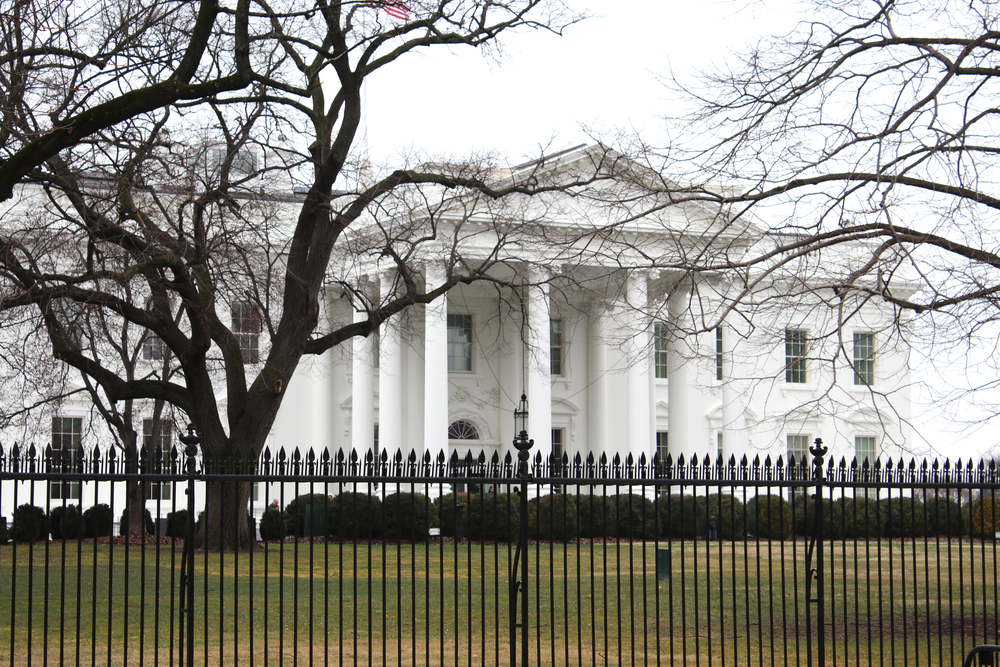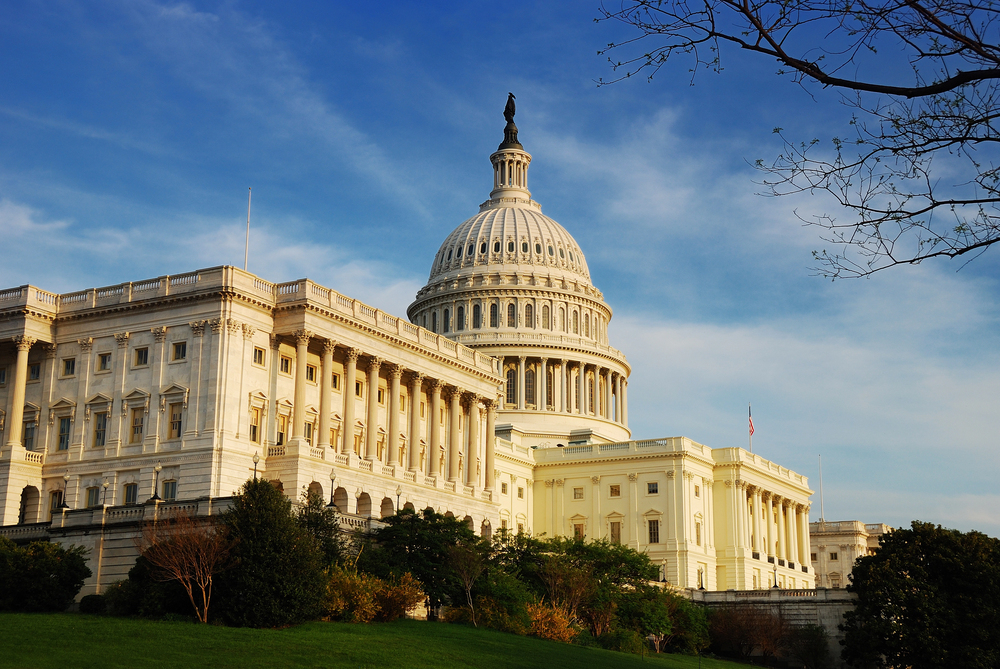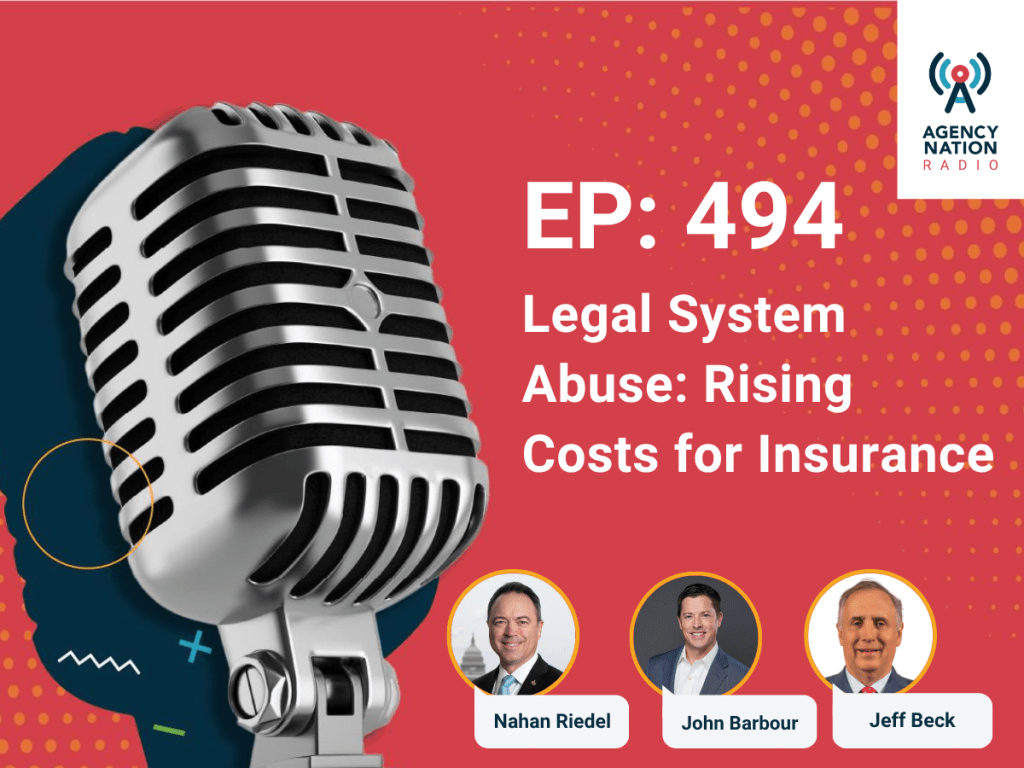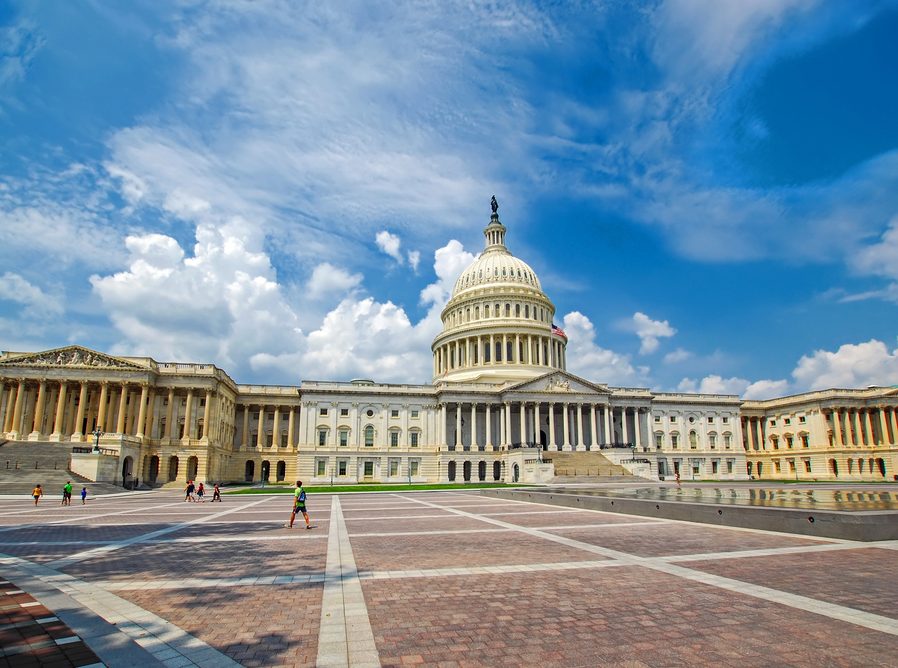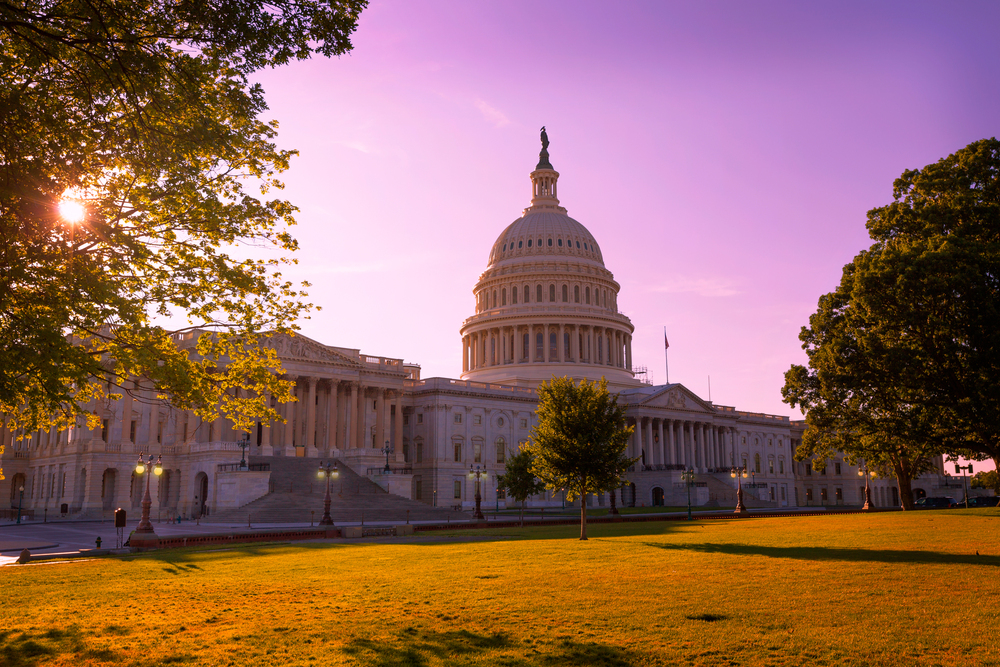What a Government Shutdown Means for the NFIP

By: Nathan Riedel
The odds are increasing for a federal government shutdown on Oct. 1.
A shutdown happens when there is a lapse in appropriated funds, approved by the legislative branch, to pay for federal agencies and programs to operate. The Constitution requires that the appropriations process must be followed for money to leave the Department of the Treasury.
There are 12 appropriations bills, varying in size and scope, that must be passed by Congress and signed by the president. Depending upon how many of these are passed, the federal government can go into a full or partial shutdown. Currently, zero appropriations bills have been enacted.
Shutdowns and gaps in federal funding are a modern phenomenon, only occurring after the Congressional Budget Act of 1974, in which Congress gave itself deadlines to pass federal budgets. Since that time, there have been 10 shutdowns of varying length.
Recently, these shutdowns have become more prolonged. The last government shutdown, a partial shutdown, began in December 2018 and lasted 35 days. Shutdowns in 2013 and 1995 lasted 16 days and 21 days, respectively.
Currently, the U.S. House of Representatives and Senate are miles apart in reconciling their political differences. However, to avoid a shutdown Congress must pass all 12 appropriations bills, or pass a continuing resolution to fund the federal government at its existing level, by midnight on Sept. 30, which is also unlikely.
Federal agencies have been notified by the Office of Management and Budget to update contingency plans and be prepared to initiate shutdown protocol. Absent congressional action, the National Flood Insurance Program (NFIP) would be affected by a shutdown, which would expire along with government funding.
Among other things, a lapse in the NFIP would prohibit the program from issuing new policies that prospective homebuyers and lenders need to close sales. In addition to derailing property transactions, it would lead to increased uncertainty for the housing and insurance markets.
Earlier this week, FEMA released a memo to Write-Your-Own company principal coordinators and NFIP Direct servicing agents. It provides guidance on a potential lapse in NFIP authority. Additionally, agents and brokers are encouraged to proactively reach out to any insurance companies they use to write NFIP policies for company-specific procedures.
While there is widespread agreement that a long-term reauthorization of a reformed NFIP is needed, allowing the program to lapse would have an immediate and devastating impact, especially in the peak of hurricane season. The Big “I” has repeatedly said that a top priority is to make sure the NFIP does not lapse and has been conveying that message to Congress.
In response, leaders in Congress have expressed interest in passing a short-term reauthorization of the program prior to Sept. 30, should a federal shutdown seem imminent. The Big “I” will continue to advocate for the reauthorization of the NFIP and provide updates on this very fluid situation.
Nathan Riedel is Big “I” senior vice president of federal government affairs.


